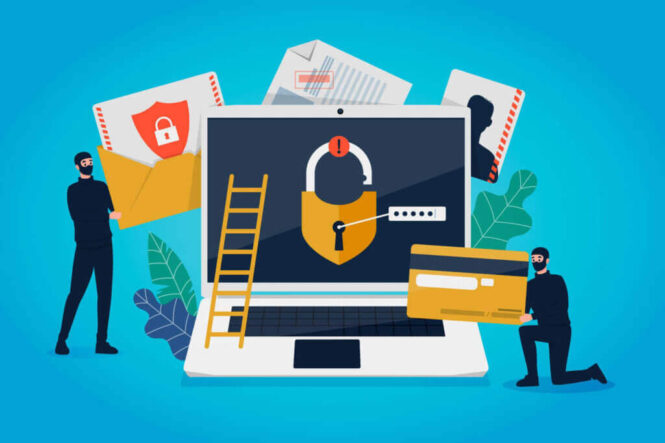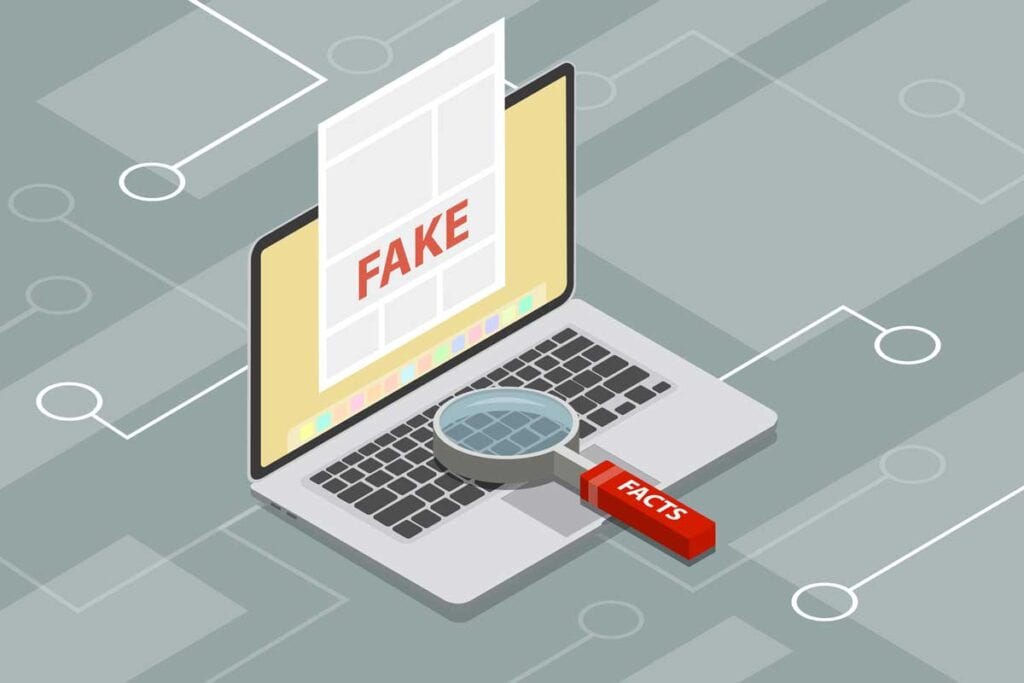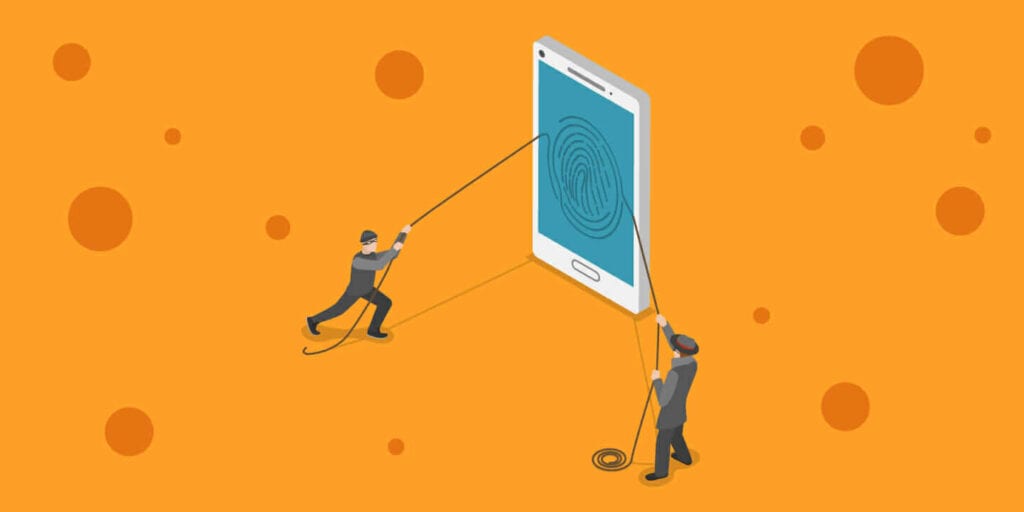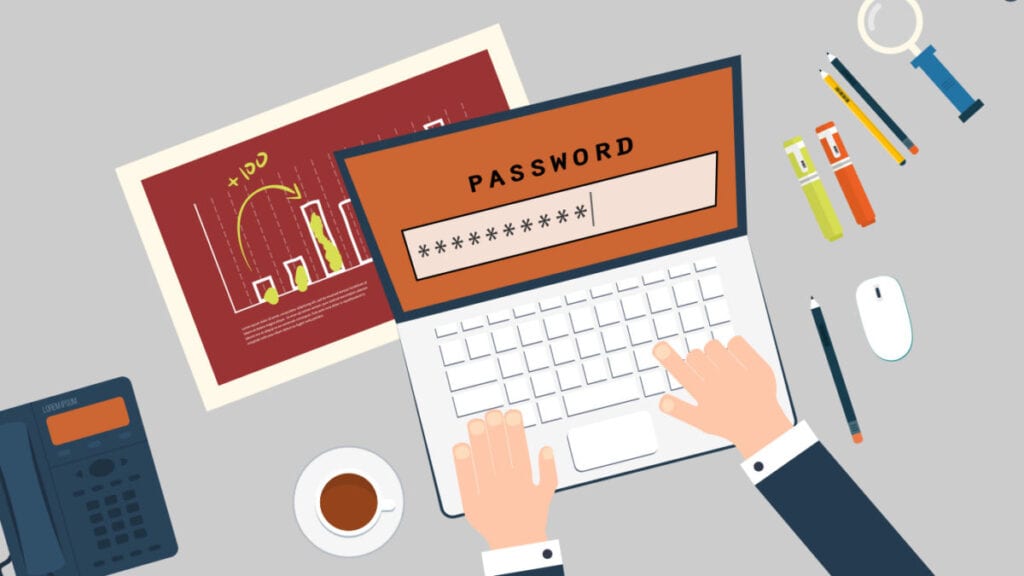The advancements in technology experienced by people today could be both good and bad things. On the upside, it brings about so many advantages. But, on the downside, there’s one area that’s suffering: cybersecurity. Scams are plentiful because there are now so many ways to have easy access to people’s information.
Today privacy has been reduced to a great extent for many customers, simply because of the many ways, information is now readily available online. People seem to make the mistake of putting their lives and identity at risk by blindly posting photos of IDs, passports, among others.
Besides, there’s also the technical expertise of so many hackers that often render people defenseless. If you aren’t careful, you could become their victim too. It’s now easy to fall for their phishing techniques. So, you have to outsmart them by ensuring you know how to point out scams. Fortunately, now you can access different software and other means to verify scams through websites like scamrisk.com.
Protect yourself with these tips that can help you identify scams in 2025:
1. Learn How To Recognize Phishing

For you to successfully point out something is a scam, this starts with learning how to recognize when someone is phishing.
This refers to the use of email or text messaging by hackers to lure and trick you into giving out your personal information. Because the method is often made to appear real, it’s not surprising that you may end up giving out your personal information. Once the scammer have an access to your information, it’ll be easier for them to have access to your email, bank, and other personal accounts.
To avoid getting phished, here’s how you can recognize phishing activities:
- Phishing emails and text messages often look like and claim that they’re from a company you trust. So, it’s best to read, review, and double-check with that company by calling a customer representative to verify that the message indeed comes from them.
- Phishing emails and text messages also tell a story to lure you into opening or clicking a link that may have the following:
- Offers of free things or coupons;
- Informing you of a suspicious log-in attempt, when in fact there wasn’t any;
- Asking for an OTP or one-time pin;
- Stating that you’re eligible for certain refunds.
2. Learn How To Identify Unsecure Online Shopping Sites

Nowadays, more and more people start shopping online. There’s no denying it’s more convenient to have online access to products and services you wish to avail of. The only danger is that online shopping is much less secure than physical shopping because, in fact, not all websites are legal.
There are many online sites that’ll simply receive your deposit for the goods you ordered but wouldn’t send the item in return. Often times you’ll find out that these websites you ordered from suddenly no longer exist.
That said, here’s how you can tell an online shopping site is legitimate—and illegitimate:
- The website isn’t secure. You can determine it by having a padlock sign on the left side of the website address. This is usually an indicator there’s a secure connection with your device and the website, however, it doesn’t give a 100% assurance;
- The online shopping site isn’t using a secure payment method. Today you can pay for your online orders through the bank, international money transfers, and even with cryptocurrency. However, using different paying methods will entail a complete knowledge of the thing. For instance, you may want to use cryptocurrency in your purchasing transaction, hence learning the basics of cryptocurrency could help you discern what’s legitimate or not.
3. Clues To Spot A Fake Document

Apart from the online community, scammers are now infiltrating through physical documents. The thing about these fake documents, however, is it’s easy to plagiarize. Most of the time it will look exactly like the real thing, so you have to be very careful.
Some warning signs of a fake document are:
- The greeting is generic, not personal
- The language is too formal or forced;
- The names of organizations in the document could be inexistent (which is why it’s important to do your own research if there are names mentioned);
- Presentation quality is often poor and bland.
4. Study How To Identify Classified Scams

Not every advertisement you see online is legitimate. Many of them are already considered scams. So, you have to be vigilant about this. Otherwise, you may click an ad that might be a scam.
This could trick you into clicking into a website that’ll potentially bring a virus to your computer or retrieve any saved information or data.
Other ads may also trick you into buying items that don’t even exist.
Here’s how you can identify classified scams or non-existent ads:
- The photo of the item used are all stock photos. To be sure, always ask for actual photos. If they can’t supply you with one, then that should be a sign you’re dealing with a fake.
- The payment method is not secure. As much as possible, always look for a secure payment channel, such as PayPal.
- It’s too good to be true; the price could be overly-enticing or too cheap.
5. Learn How To Spot Fake Dating Profiles

Scammers also use dating apps to victimize people. While many have successful relationships through dating apps, unfortunately, if you aren’t careful, you may also fall victim to scammers. This scamming method is usually dubbed as ‘romance scams,’ where a scammer would lure you into an affair in order to obtain money from you. Although ironically a heartless ploy on an online dating app, this type of scam could happen to everyone including you.
Hence, it’s imperative to take extra care when trying to look for your special someone through online dating scams. So, if someone approaches you through an online app, make sure to look for anything unusual with the following:
- Their choice of photo
- The language and skills
- Address and contact information
- Professional and educational backgrounds
Usually, an online scammer would pose a different identity that suits perfectly their target’s dating preferences. That’s why it’s practical to peruse their profile and verify their facts through in-depth research and investigation—especially for people who are too good to be true.
Conclusion

Now that you have these insights on how you can identify scammers, this is with the hope that you can keep yourself protected from such. It’s very important to take these tips to heart, given the very fact that scammers today are getting even more sophisticated and realistic with their approach. If you’re not careful, then you may fall victim to this. Hence the need for awareness. The more people know how to identify scams, the less that they become victims. This means you’re not giving scammers a chance to thrive so that eventually, they cease to exist.
 Imagup General Magazine 2025
Imagup General Magazine 2025



